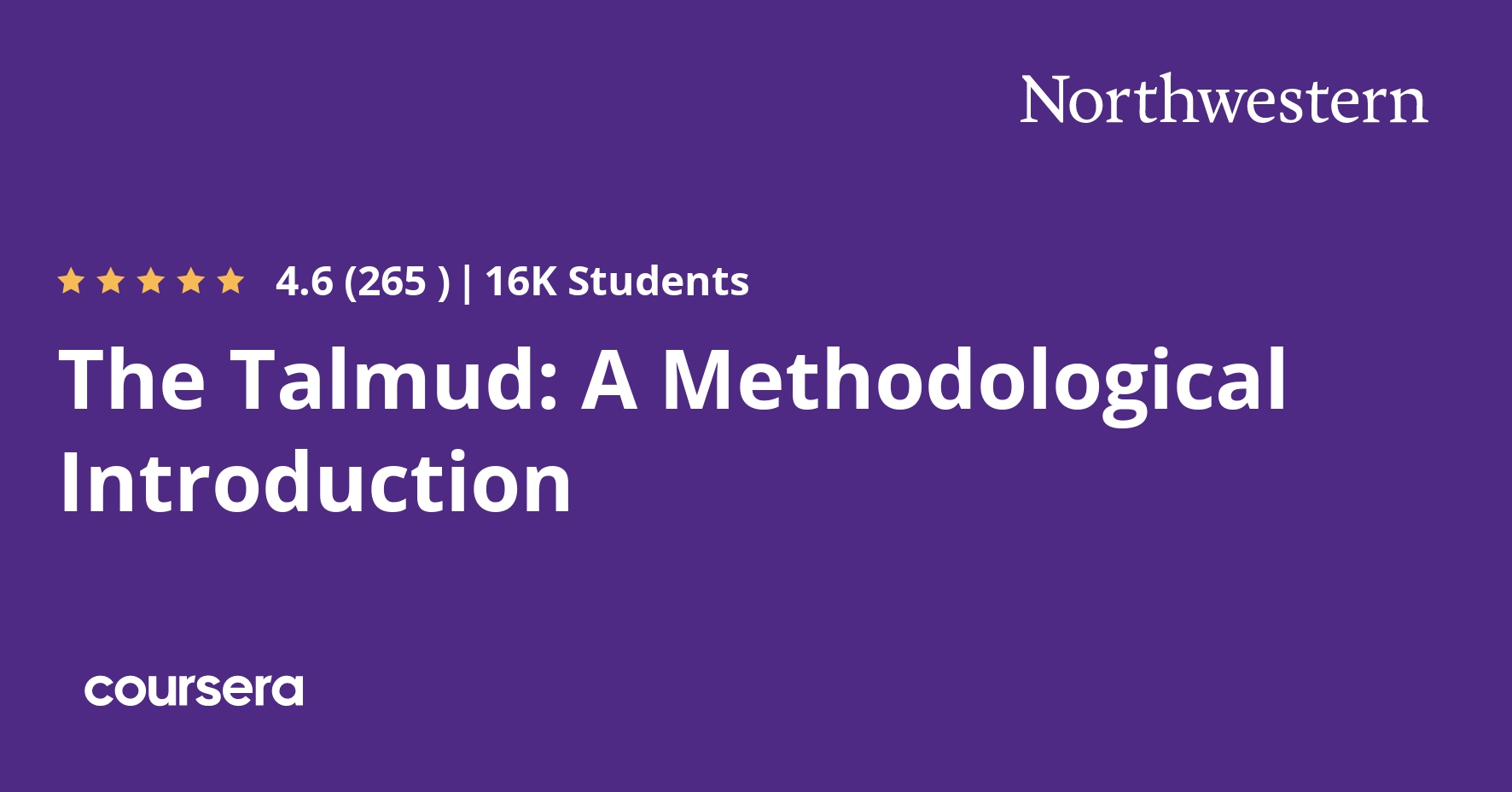Description
The Talmud is one of the richest and most complicated works of literature the world has ever known. Since being composed around 1500 years ago it has inspired not only religious reverence but significant intellectual engagement. In this course learners will be introduced to the unique characteristics of this text and the challenges that inhere in studying it while studying a chapter of the Talmud. Students of the course can expect to develop an appreciation for how the Talmud works and why it continues to inspire religious and intellectual devotion. They will be challenged to employ critical reading skills and to analyze legal and historical concepts.
What you will learn
Introducing the Talmud
The Talmud is a canonical work of Jewish literature that collects the ideas and arguments of rabbis who lived between the first and eighth centuries CE. This module explains the basics of how the Talmud was composed, why the Talmud matters and how it is accessed today.
False Testimony From Bible to Rabbis
The Talmud relies heavily on the authority and substance of its canonical predecessor, the Hebrew Bible. This module charts a trajectory from the biblical origins of the treatment of false testimony in Deuteronomy through its treatment within the second temple apocryphal book Susannah and the early Rabbinic law code, the Mishnah.
Reading the Bible & Rabbinic Logic
Interpretation is a major component of Rabbinic literature and the Talmud. This module introduces the specific features of Rabbinic interpretation of the Hebrew Bible—its assumptions and its reading tools.
Redaction & Textual Witnesses
Textual Criticism is a form of reading that looks to explain the meaning of a text by figuring out aspects of its composition history. This module will show how Talmudic passages are typically constructed and what scholars can do to figure out the original meaning of a text.





